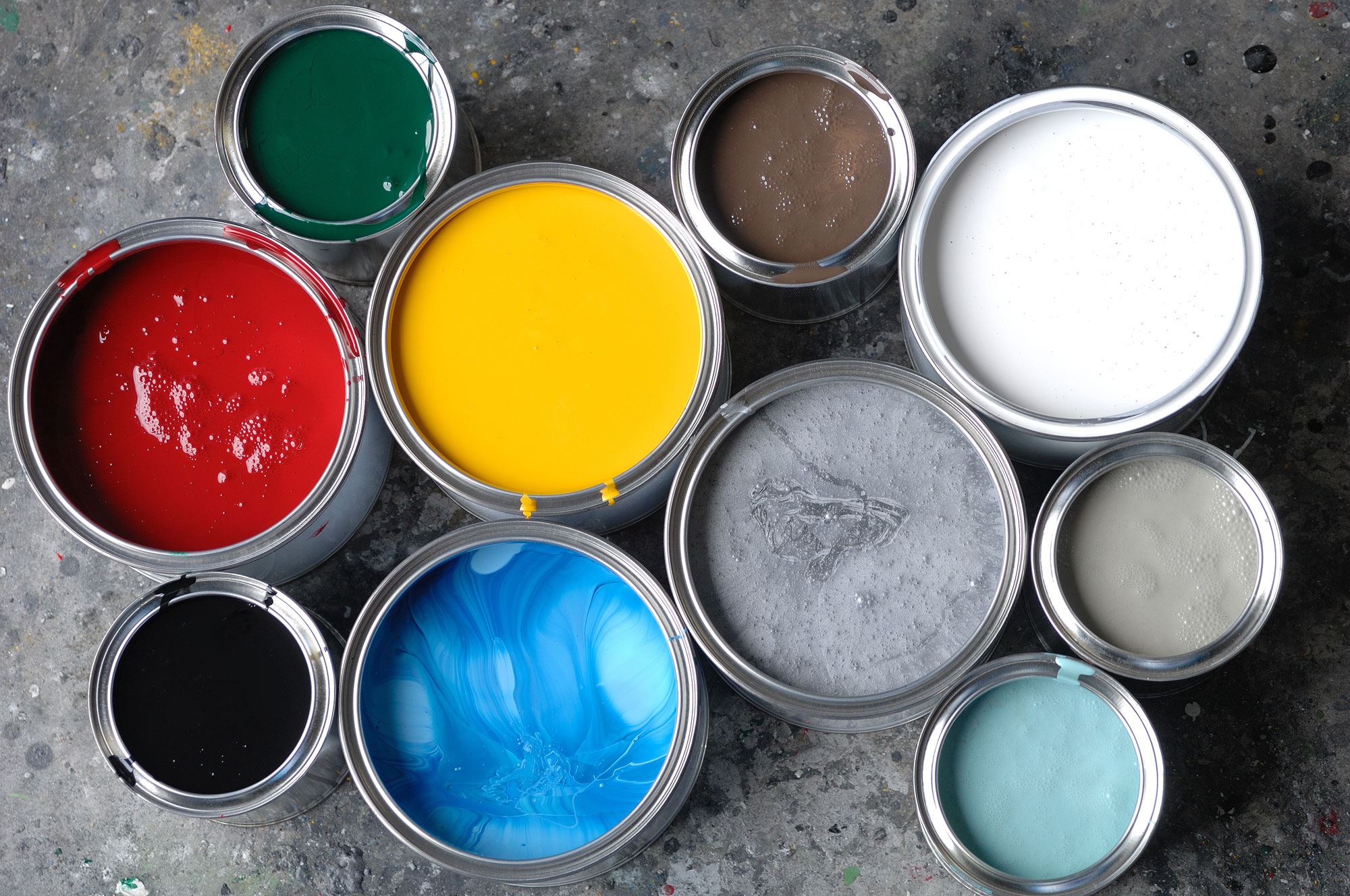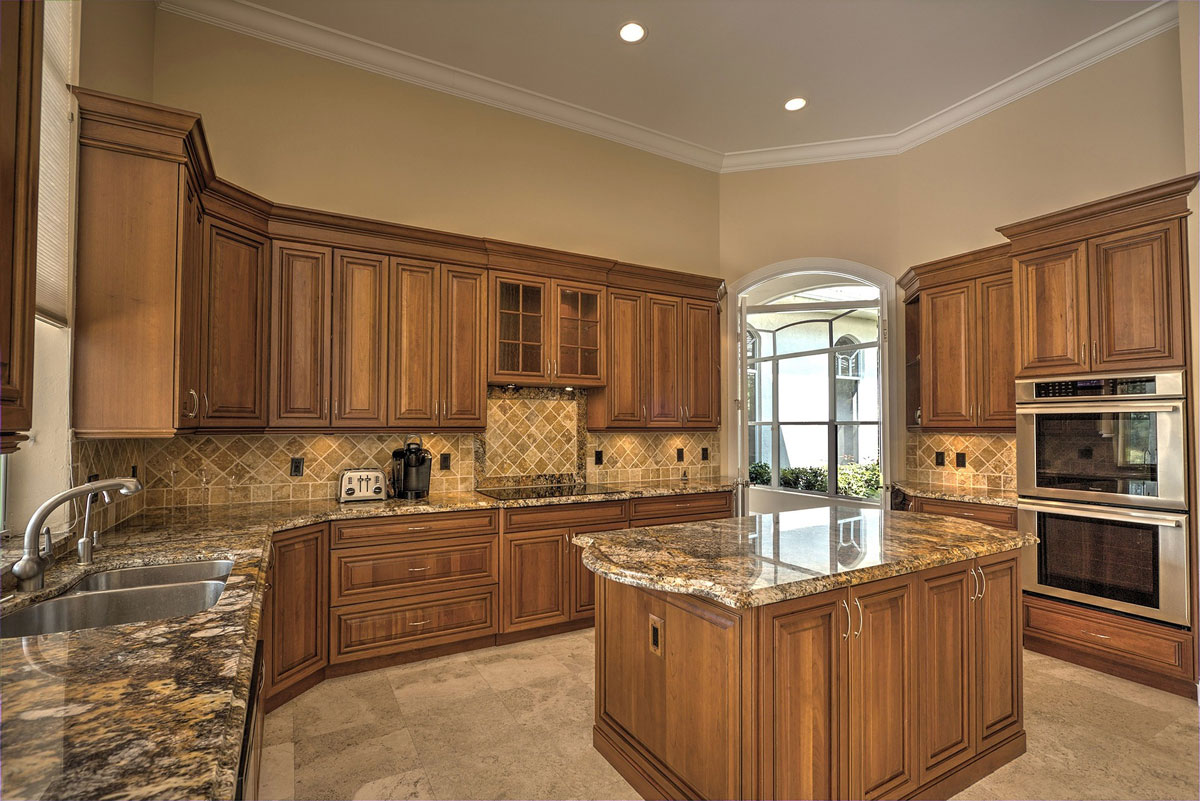- About
-
- About us
- Warranty
- Testimonials
- Refinishing
-
- Bathtub
- Countertop
- Tile
- Concrete
- Cabinets
- Truck Bed Liners
- Fire Retardant Paint
- Custom Made Multistone Colors
- Products
-
- Top Coats
- Primers
- Metal Flake Primer Colors
- Low Odor
- Reducers
- Multi-Spec
- Createastain
- Universal Tints
- Fragrances
- Cobra Grip
- Nonslip Paint
- Miscellaneous Products
- Roof/Paver Sealer
- Floor Coatings
- Marketing Brochure
- New Low Voc Coating System
- Contact Us
- Order
Bathtub Refinishing
Our most popular industry used by professional Bathtub Refinishers.
Countertops, Sinks, Bathtubs, Ceramic Tiles, Floors, Cabinets and Interior Walls.
Bathtub Refinishing Troubleshooting Guide
Below is a list of common problems experienced by bathtub refinishers, the likely causes of the problems and solutions for fixing them when they occur.
Aligatoring
Description : Cross-hatch pattern of surface imperfections.
Probable cause : Coating over a soft film or incompatibility of topcoat and undercoat.
Solution : Remove failed coating and recoat with compatible system for exposure conditions.
Probable cause : Coating over a soft film or incompatibility of topcoat and undercoat.
Solution : Remove failed coating and recoat with compatible system for exposure conditions.
Bubbling
Description : Bubbles on the surface of cured film. May be minute in size.
Probable cause : Fast evaporation of solvents within the film.
Solution : Sand surface and reapply coating at lower temperature or air temperature, or add slower solvent to increase open time.
Probable cause : Fast evaporation of solvents within the film.
Solution : Sand surface and reapply coating at lower temperature or air temperature, or add slower solvent to increase open time.
Cracking
Description : Splitting of finish by breaks through film.
Probable cause
1. Application of an excessive number of coats.
2. Physical damage: heat cold, exposure.
3. Stress or cracking of rigid substrate.
4. Surface freezing of fresh waterborne coatings.
Solution
1. Remove failed coating by sanding or best method and recoat with proper system.
2. Remove failed system and replace with coating that will tolerate such physical conditions.
3. Patch all cracks and sand smooth, then recoat.
4. Recoat when surface material or ambient temperature is above minimum recommendation
Probable cause
1. Application of an excessive number of coats.
2. Physical damage: heat cold, exposure.
3. Stress or cracking of rigid substrate.
4. Surface freezing of fresh waterborne coatings.
Solution
1. Remove failed coating by sanding or best method and recoat with proper system.
2. Remove failed system and replace with coating that will tolerate such physical conditions.
3. Patch all cracks and sand smooth, then recoat.
4. Recoat when surface material or ambient temperature is above minimum recommendation
Cratering
Description : Holes or deep depressions.
Probable cause
1. Caused when bubbles break.
2. Water or moisture in spray equipment.
Solution
1. Sand surface and reapply coating at lower surface or air temperature, or add slower solvent to increase open time.
2. Sand surface smooth - correct equipment problem and flush lines before recoating.
Probable cause
1. Caused when bubbles break.
2. Water or moisture in spray equipment.
Solution
1. Sand surface and reapply coating at lower surface or air temperature, or add slower solvent to increase open time.
2. Sand surface smooth - correct equipment problem and flush lines before recoating.
Crazing
Description : Fine cracking in an over-all pattern.
Probable cause : Stress or cracking of rigid substrate.
Solution : Patch all cracks and sand smooth, then recoat.
Probable cause : Stress or cracking of rigid substrate.
Solution : Patch all cracks and sand smooth, then recoat.
Delamination
Description : Loss of adhesion to substrate
Probable cause
1. Topcoat incompatible with undercoat.
2. Dry Spray, dirt, dust.
Solution
1. Remove failed coating by sanding and recoat with appropriate primer.
2. Remove loose coating by sanding, clean surface and reapply coating.
Probable cause
1. Topcoat incompatible with undercoat.
2. Dry Spray, dirt, dust.
Solution
1. Remove failed coating by sanding and recoat with appropriate primer.
2. Remove loose coating by sanding, clean surface and reapply coating.
Dry Spray
Description : Over spray; rough, sand finish on spray applied coating.
Probable cause : Spray particles being partially dried before reaching the surface.
Solution : Sand smooth and make proper solvent adjustments to material.
Probable cause : Spray particles being partially dried before reaching the surface.
Solution : Sand smooth and make proper solvent adjustments to material.
Flatting
Description : Gloss loss.
Probable cause
1. High humidity, damp rain or fog.
2. Use of improper solvent or over thinning.
Solution 1. Recoat when surface is dry and weather conditions are satisfactory.
2. Remove coating if adhesion is affected and recoat using proper solvent
Probable cause
1. High humidity, damp rain or fog.
2. Use of improper solvent or over thinning.
Solution 1. Recoat when surface is dry and weather conditions are satisfactory.
2. Remove coating if adhesion is affected and recoat using proper solvent
Framing
Description : Hiding and exterior or color variations where roller applied surfaces join work cut in by brush.
Probable cause : Uneven amount of film build between brush and roller work.
Solution : Recoat and apply heavier wet film or additional coat on new work.
Probable cause : Uneven amount of film build between brush and roller work.
Solution : Recoat and apply heavier wet film or additional coat on new work.
Hiding (Poor)
Description : Shadowy appearance of topcoat.
Probable cause
1. Low film build or insufficient number of coats.
2. Improper mixing.
Solution
1. Recoat and apply heavier wet film.
2. Stir or agitate material thoroughly before use and keep in suspension during application.
Probable cause
1. Low film build or insufficient number of coats.
2. Improper mixing.
Solution
1. Recoat and apply heavier wet film.
2. Stir or agitate material thoroughly before use and keep in suspension during application.
Holidays
Description : Missed areas.
Probable cause : Film dries to rapidly due to surface temperature above 90 F (32ƒC.)
Solution : Recoat or touch-up.
Probable cause : Film dries to rapidly due to surface temperature above 90 F (32ƒC.)
Solution : Recoat or touch-up.
Lap Marks
Description : Color or sheen variations where one freshly painted area overlaps another.
Probable cause : Freshly painted area has dried before overlap was made.
Solution : Work smaller areas to reduce lap time.
Probable cause : Freshly painted area has dried before overlap was made.
Solution : Work smaller areas to reduce lap time.
Mud Cracking
Description : Surface cracking that has a cross-hatched pattern.
Probable cause : Hot, dry weather or excessive film build.
Solution : Remove coating by sanding smooth and recoat at proper mil thickness. Add slower solvent to retard drying during hot humid weather.
Probable cause : Hot, dry weather or excessive film build.
Solution : Remove coating by sanding smooth and recoat at proper mil thickness. Add slower solvent to retard drying during hot humid weather.
Orange Peel
Description : Fine pebbled surface texture on spray applied pattern.
Probable cause : Insufficient atomization.
Solution : Sand smooth and recoat. Make proper solvent adjustments to paint and adjust equipment to obtain a better flow and leveling of coating.
Probable cause : Insufficient atomization.
Solution : Sand smooth and recoat. Make proper solvent adjustments to paint and adjust equipment to obtain a better flow and leveling of coating.
Pinholing
Description : Small holes in the film.
Probable cause : Solvent migration through the paint film after the film has begun to set.
Solution : If pinholing is all over substrate, it indicates that the coating was applied and cured under adverse conditions. Apply a mist or thin coat to fill surface voids, followed by a full wet coat.
Probable cause : Solvent migration through the paint film after the film has begun to set.
Solution : If pinholing is all over substrate, it indicates that the coating was applied and cured under adverse conditions. Apply a mist or thin coat to fill surface voids, followed by a full wet coat.
Runs
Description : Heavy or excessive build up on surface of coating. sags, curtains.
Probable cause
1. Excessive film build.
2. Over thinning.
Solution
1. Sand runs smooth and recoat.
2. Sand runs smooth and recoat with properly thinned material.
Probable cause
1. Excessive film build.
2. Over thinning.
Solution
1. Sand runs smooth and recoat.
2. Sand runs smooth and recoat with properly thinned material.
Solvent Trap
Description : Residual solvents remaining within the paint film.
Probable cause : Excessive film build.
Solution : Test for hardness and adhesion. If film will not adhere or cure properly, remove and recoat. Try to drive solvents out of the film by force drying.
Probable cause : Excessive film build.
Solution : Test for hardness and adhesion. If film will not adhere or cure properly, remove and recoat. Try to drive solvents out of the film by force drying.
Wrinkling
Description : A surface defect resembling the skin of a prune.
Probable cause
1. Excessive film build.
2. Slow drying condition.
Solution
1. Sand smooth and recoat at proper film thickness.
2. Sand smooth and recoat when drying conditions are satisfactory.
Probable cause
1. Excessive film build.
2. Slow drying condition.
Solution
1. Sand smooth and recoat at proper film thickness.
2. Sand smooth and recoat when drying conditions are satisfactory.


Multi-Stone
This product is a water/oil base product, when sprayed looks and feels like granite.